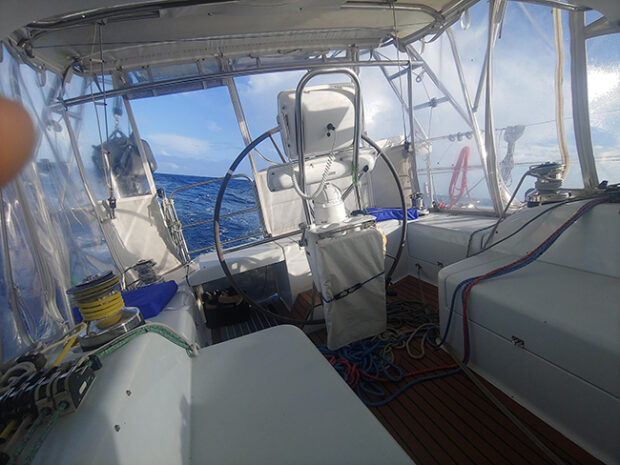Over the last few years, I have been lucky enough to make one passage from the U.S. to England and two passages from the East Coast to Antigua. These trips took 17, 11 and 9 days respectively and covered almost 6,000 miles. Surprisingly, in all that time at sea, the crews of these cruising boats almost never touched the steering wheels. Once clear of the docks at the start and then when maneuvering into a pier or dropping an anchor at the end, we steered these boats solely with the autopilots. Putting this much reliance on the autopilots is a modern-day phenomenon that we all enjoy. But, autopilots are machines and machines break if overtasked. You can’t just set the sails, set the autopilot and pick up a good book while ignoring the dynamic between sails, the rudder and the autopilot. If you pay attention, the autopilot will tell you when it is working too hard and put in danger of a breakdown. Modern rudders put a lot of strain on steering systems, particularly in a seaway, and can work an autopilot to death. The trick is to keep the sail plan balanced, with an almost neutral helm. The idea is to give the boat about five degrees of weather helm so the autopilot has a repeatable reference. You do this by trimming the headsail so it is drawing nicely but not over trimmed. Then adjust the main, with the main sheet, vang and traveler to find that near neutral five degrees. More often than not, if the autopilot is struggling, all you have to do is let the traveler well down to leeward. If you can’t do that, ease the boom vang. If you can’t do that, then ease the main sheet, even to the point where you are carrying a luff in the luff of the sail. Balance in life is important and so it is when sailing with an autopilot over long distances.












